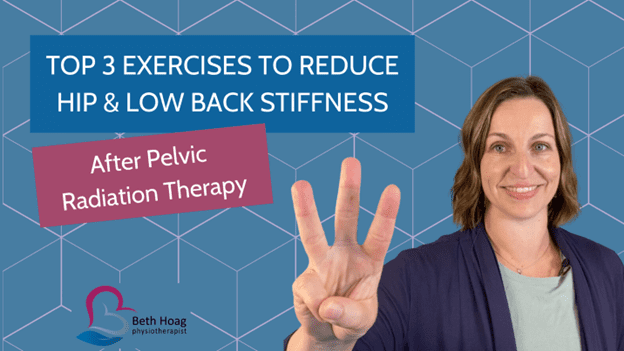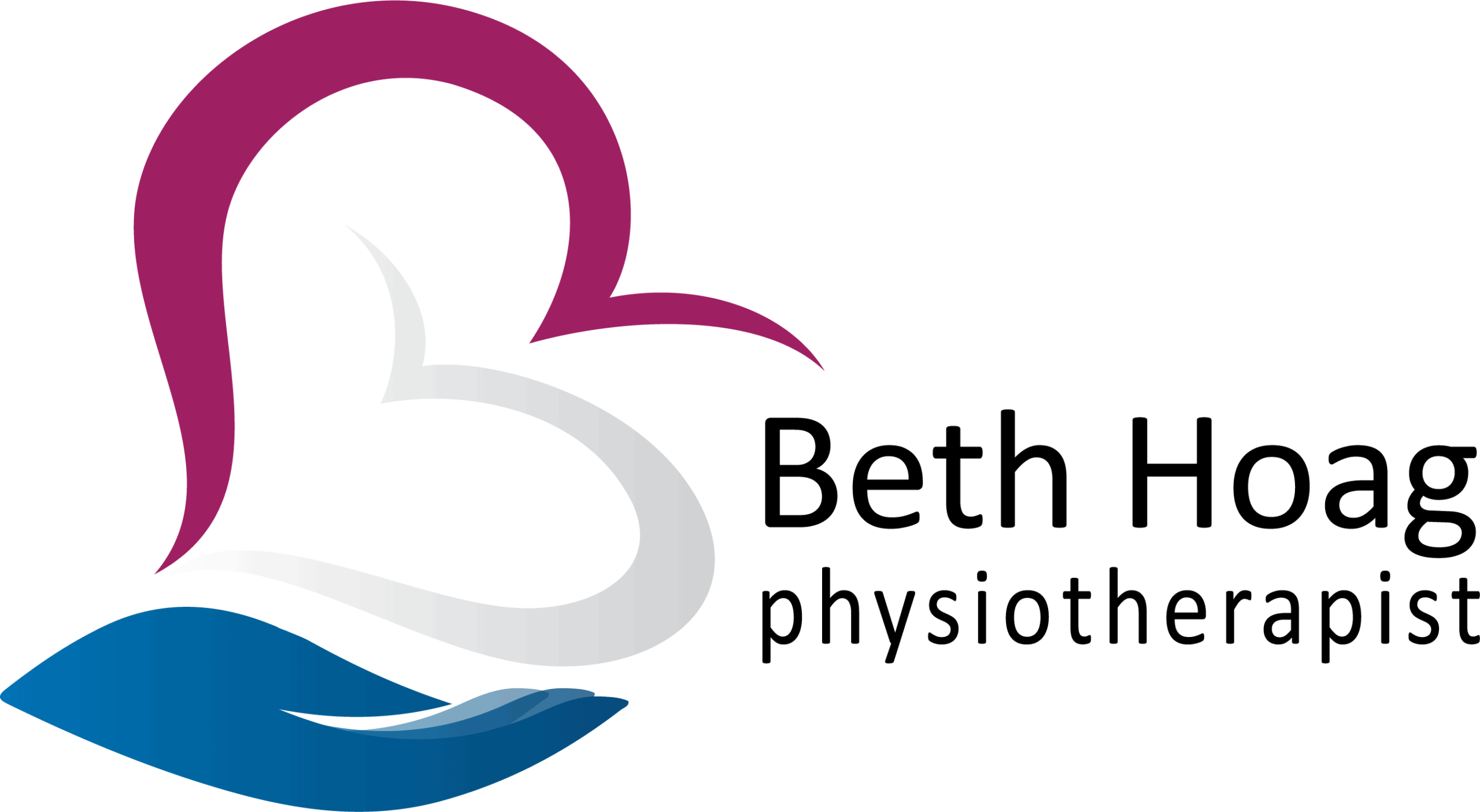In Part 1, Move Your Body, we explored the evidence behind why exercise is important and how to get or stay active during and after cancer treatment. In this blog, Part 2, we will explore the evidence behind “Moving Your Mind.”
Move Your Mind
Knowledge is Power
If you’ve read any of my blogs or seen me speak at a talk or on social media, you know that I believe whole-heartedly that knowledge is power. “Moving your mind” to gain insight into what’s going on in your body is an important step in keeping you in the driver’s seat of your wellness. If you’re reading these words right now, you’re already “moving your mind” by reading trusted, evidence-informed information in this blog.
Mindfulness
This is the focus of today’s blog. Now don’t cringe; ironically, as the concept of mindfulness has become more popular, I think that it has gotten a bit of a “bad rep” lately. Keep an open mind and let me explain a little further…
What Mindfulness is NOT
Many people I speak with about mindfulness, have a belief that it involves the complete absence of thought (i.e. thinking about nothing) or a perfectly clear and calm mind. These concepts of perfection are not at all what mindfulness is about.
What Mindfulness IS
In contrast to the above misconceptions, mindfulness can be more accurately defined as intentionally bringing your awareness to the present moment in order to observe your thoughts, feelings and bodily sensations in a nonjudgmental way (1, 2).
Jon Kabat-Zinn, an American Professor who brought mindfulness into the mainstream, has a very informative website about mindfulness training.

How Mindfulness Can Help Those Impacted by Cancer
What often excites me in my work, is when scientific evidence begins to support some of the “non-traditional” ways we can support health and wellness during and after cancer treatment… ways that we can support ourselves independently and without many (if any) side effects. This is exactly what is happening in the world of mindfulness.
Many studies have shown multiple ways that mindfulness helps during cancer treatment and beyond (3,4). Specifically, mindfulness has been shown to:
- Improve sleep
- Reduce pain intensity
- Reduce fatigue
- Reduce anxiety
- Reduce depression
- Reduce fear of recurrence
There has also been evidence that practicing mindfulness may (5):
- Enhance your immune system
- Help reduce high levels of stress hormone
Frequency Matters: Invest in Yourself
Remember the definition of mindfulness that I mentioned earlier? Mindfulness does NOT require fancy props or purchased apps (though they can be helpful to get you started). It DOES, however, require practice and a commitment to regular self-care. The science also shows that the above results are better with increased practice and that the benefits reduce if you stop practicing regular mindfulness (3, 4).
5 Ways You Can Practice Mindfulness
There are many ways to focus on the present moment in a non-judgemental way. Here are a few ways you can begin using mindfulness in your day:
Body Scans
This is a technique where you mentally scan your body inside and out, from head-to-toe (or toes-to-head.) As you do this, you can notice any areas of your body that feel calm and safe, but also areas where you may notice discomfort or even a lack of connection altogether. You may also notice that thoughts or emotions may be associated with some of these sensations. The purpose is not to change anything, but to bring an awareness to these sensations.
Breath Work/Awareness
There are many ways to apply breathing with awareness. Regardless of the technique, the breath should begin in the lower ribs and abdomen; this will ensure you are using your diaphragm muscle, which is responsible for breathing. Here are 2 simple techniques you can try:
- Wave Breathing
- Imagine your breath like a wave, where the length of your inhale and exhale are the same length. Try to make the breath flow evenly and freely. Count as you inhale for 4-5 seconds and then count as you exhale for the same length of time. Repeat for 3-5 minutes.
- Box Breathing
- Image your breath like a box. Breathe in for 4 seconds, hold for 4 seconds, exhale for 4 seconds and hold for 4 seconds. Repeat for 3-5 minutes.
Mindful Movements
You can apply a mindfulness practice to any movement or activity. I often suggest my clients to try spending a few minutes really focusing on all of your senses (sight, smell, touch, taste, hearing) with one of the following movements: walking outside, showering, putting skin cream on your arms or legs, or getting dressed. I have created a walking meditation video which you can view on my YouTube Channel.
Loving Kindness
Loving kindness meditation involves the intentional repetition of phrases to evoke loving kindness and friendliness towards oneself and others. You can do this either sitting, standing or lying down. In fact, when creating my blog page, I intentionally wrote in a loving-kindness meditation in the introduction! Here are a few phrases you can try (or choose another one that speaks to you):
May I be well in body and mind
May I be at ease and peacefuul
May I feel safe and free from harm
May I find deep joy and happiness
Yoga, Tai Chi, Qi Gong
You can use any of these practices to bring your attention to your bodily sensations in the present moment. Remember the “low and slow” principle I explained in Part 1 of this blog series. Begin at a low intensity and progress slowly; the purpose of this particular practice is “working in” and not “working out”.
Your Invitation
So now that you have a better understanding of what mindfulness is, how it can help during and after cancer, and types of mindfulness practices….
I invite you to sit back, take a few deep breaths and reacquaint yourself with your mind, your body and your SELF.
REFERENCES:
- Johannsen, M., O’Toole, M. S., O’Connor, M., Jensen, A. B., & Zachariae, R. (2017). Clinical and psychological moderators of the effect of mindfulness-based cognitive therapy on persistent pain in women treated for primary breast cancer – explorative analyses from a randomized controlled trial. Acta oncologica (Stockholm, Sweden), 56(2), 321–328. https://doi.org/10.1080/0284186X.2016.1268713
- Kabat-Zinn, J. (2020) Mindfulness Meditation. Mindfulness Training. https://mbsrtraining.com/what-is-mindfulness-meditation-by-jon-kabat-zinn/
- Cillessen, L., Johannsen, M., Speckens, A., & Zachariae, R. (2019). Mindfulness-based interventions for psychological and physical health outcomes in cancer patients and survivors: A systematic review and meta-analysis of randomized controlled trials. Psycho-oncology, 28(12), 2257–2269. https://doi.org/10.1002/pon.5214
- Ngamkham, S., Holden, J. E., & Smith, E. L. (2019). A Systematic Review: Mindfulness Intervention for Cancer-Related Pain. Asia-Pacific journal of oncology nursing, 6(2), 161–169. https://doi.org/10.4103/apjon.apjon_67_18
- Sanada, K., Alda Díez, M., Salas Valero, M., Pérez-Yus, M. C., Demarzo, M. M., Montero-Marín, J., García-Toro, M., & García-Campayo, J. (2017). Effects of mindfulness-based interventions on biomarkers in healthy and cancer populations: a systematic review. BMC complementary and alternative medicine, 17(1), 125. https://doi.org/10.1186/s12906-017-1638-y
Disclaimer – These blogs are for general information purposes only. Medical information changes daily, so information contained within these blogs may become outdated over time. In addition, please be aware that the information contained in these blogs is not intended as a substitute for medical advice or treatment and you should always consult a licensed health care professional for advice specific to your treatment or condition. Any reliance you place on this information is therefore strictly at your own risk.





